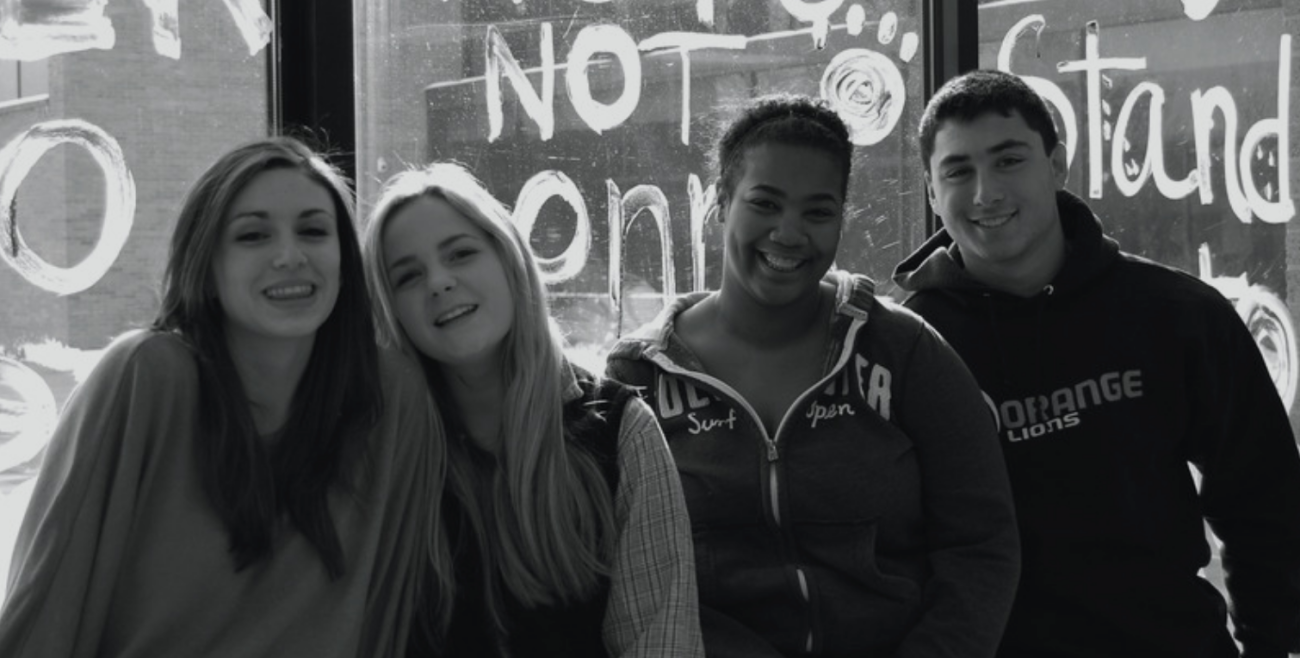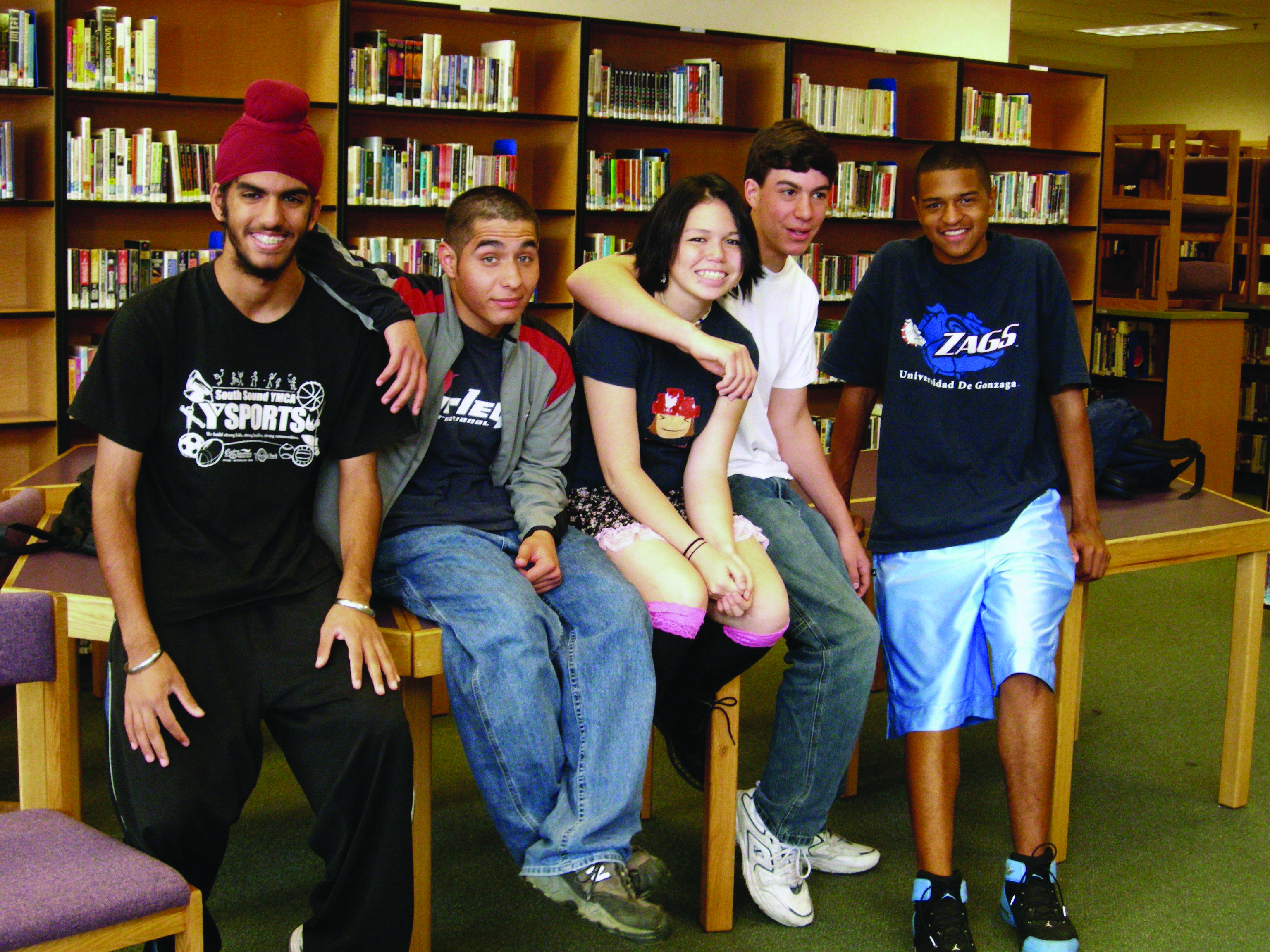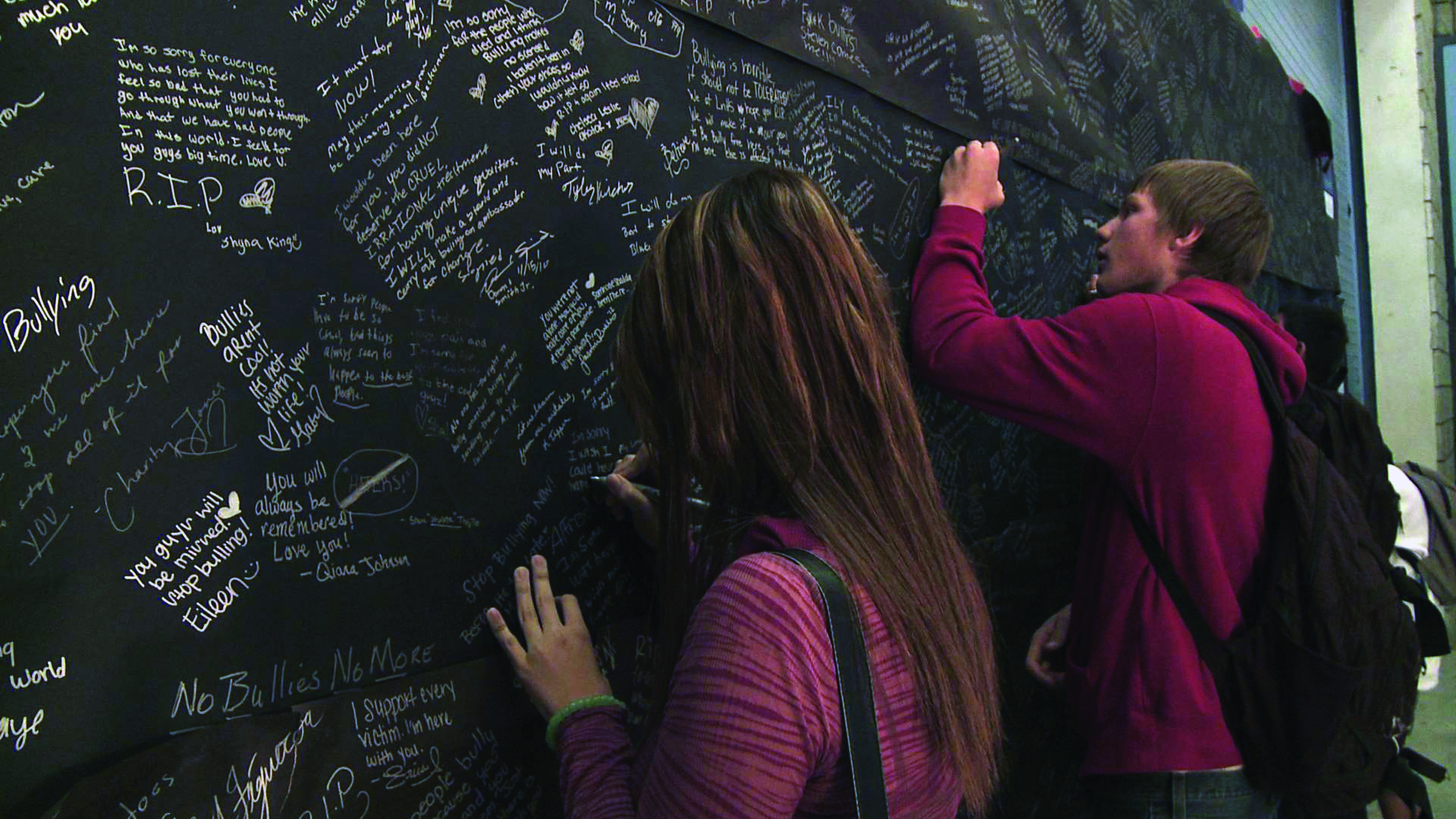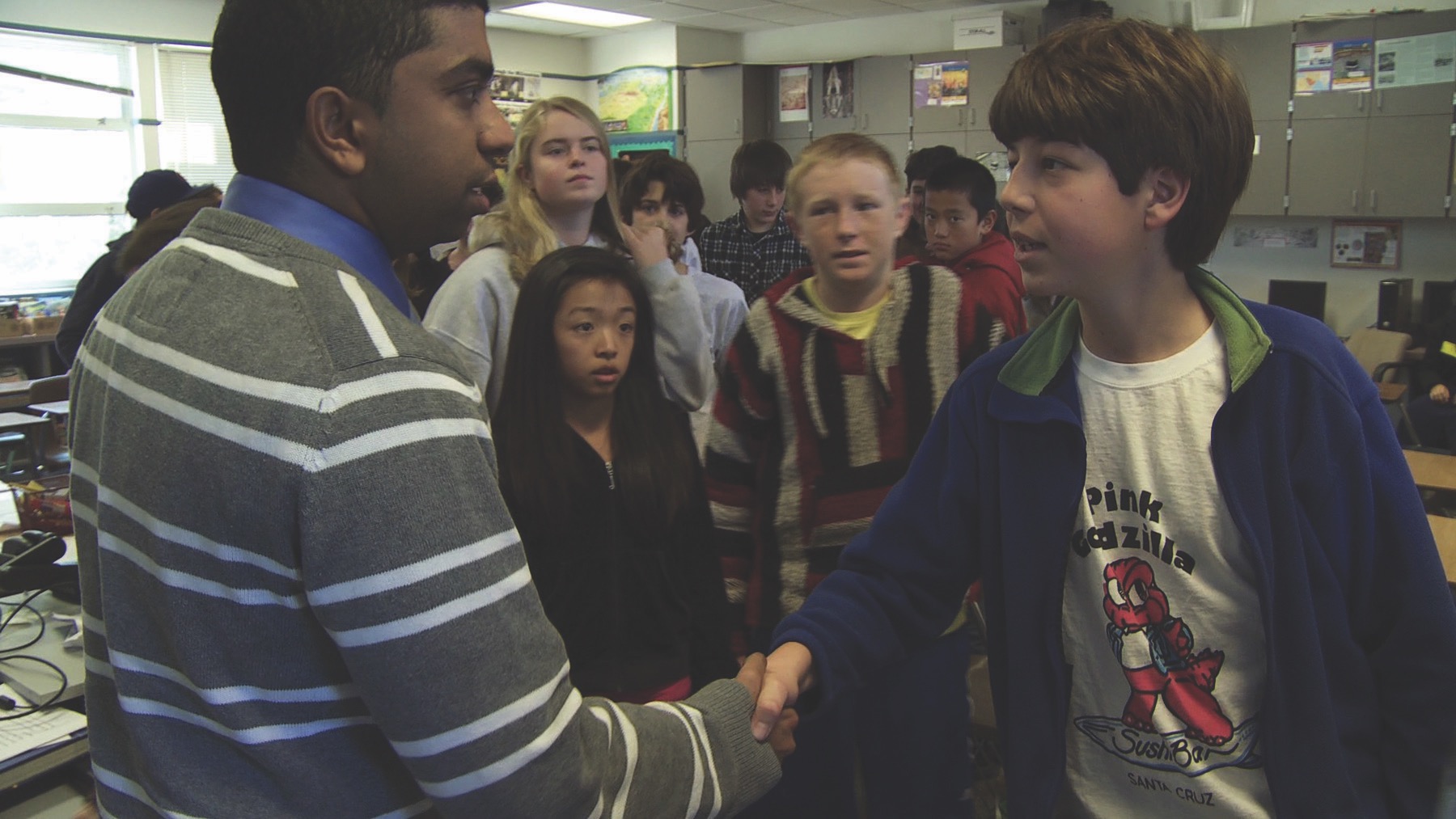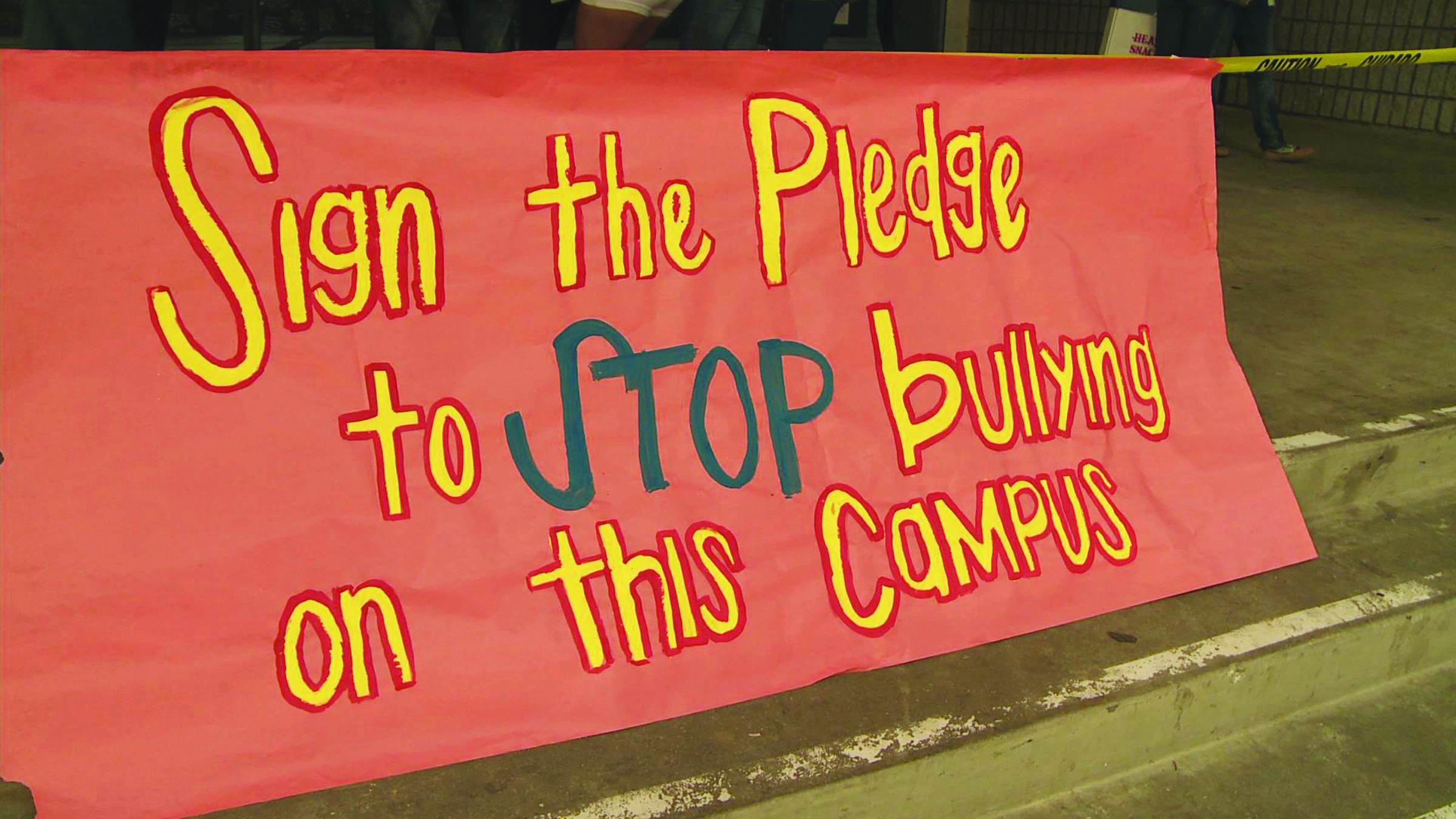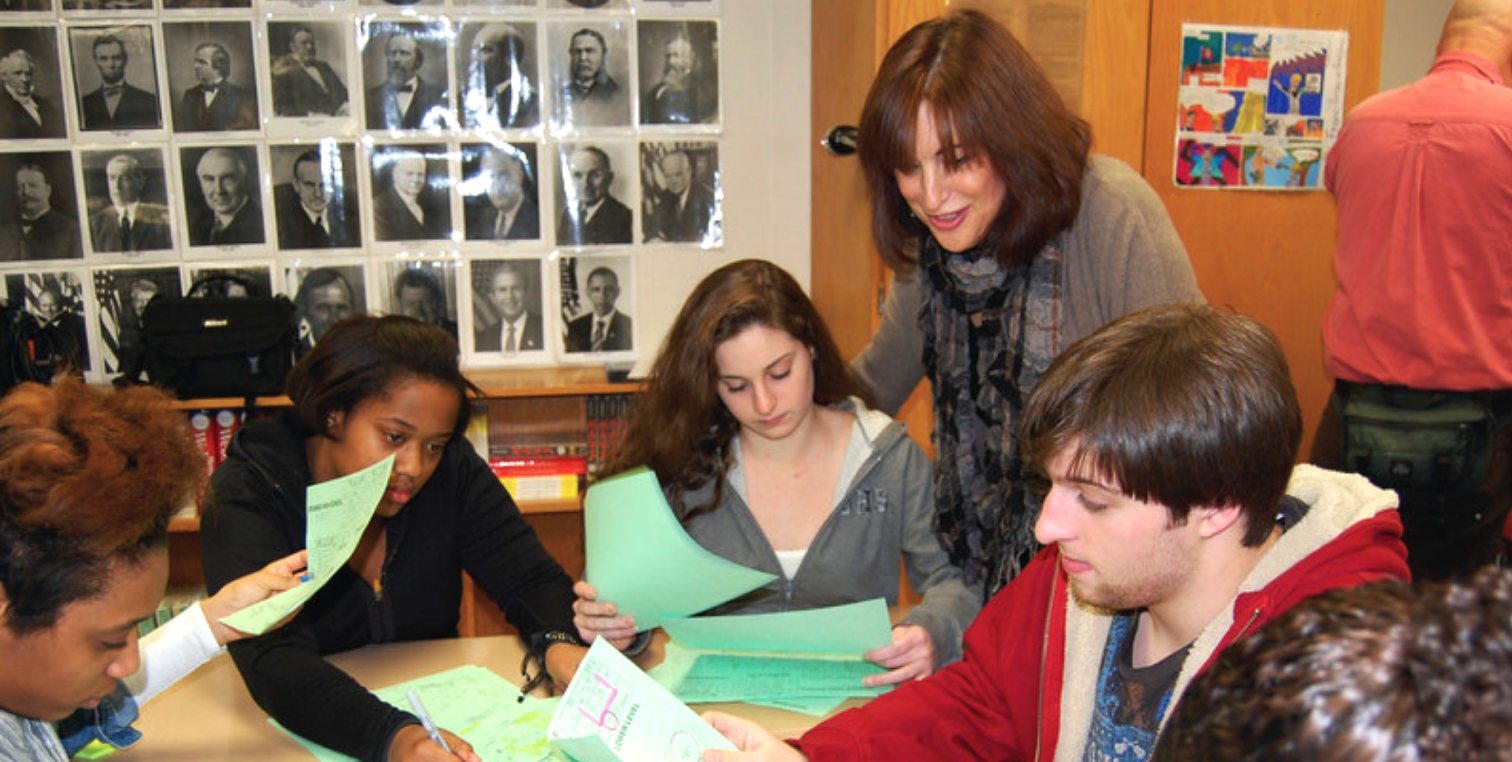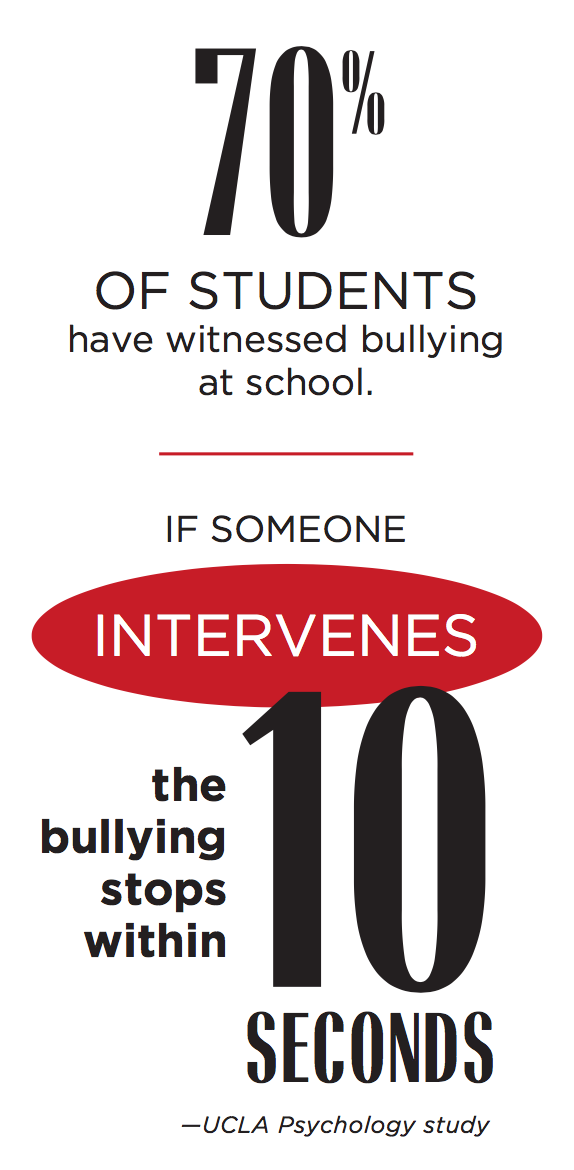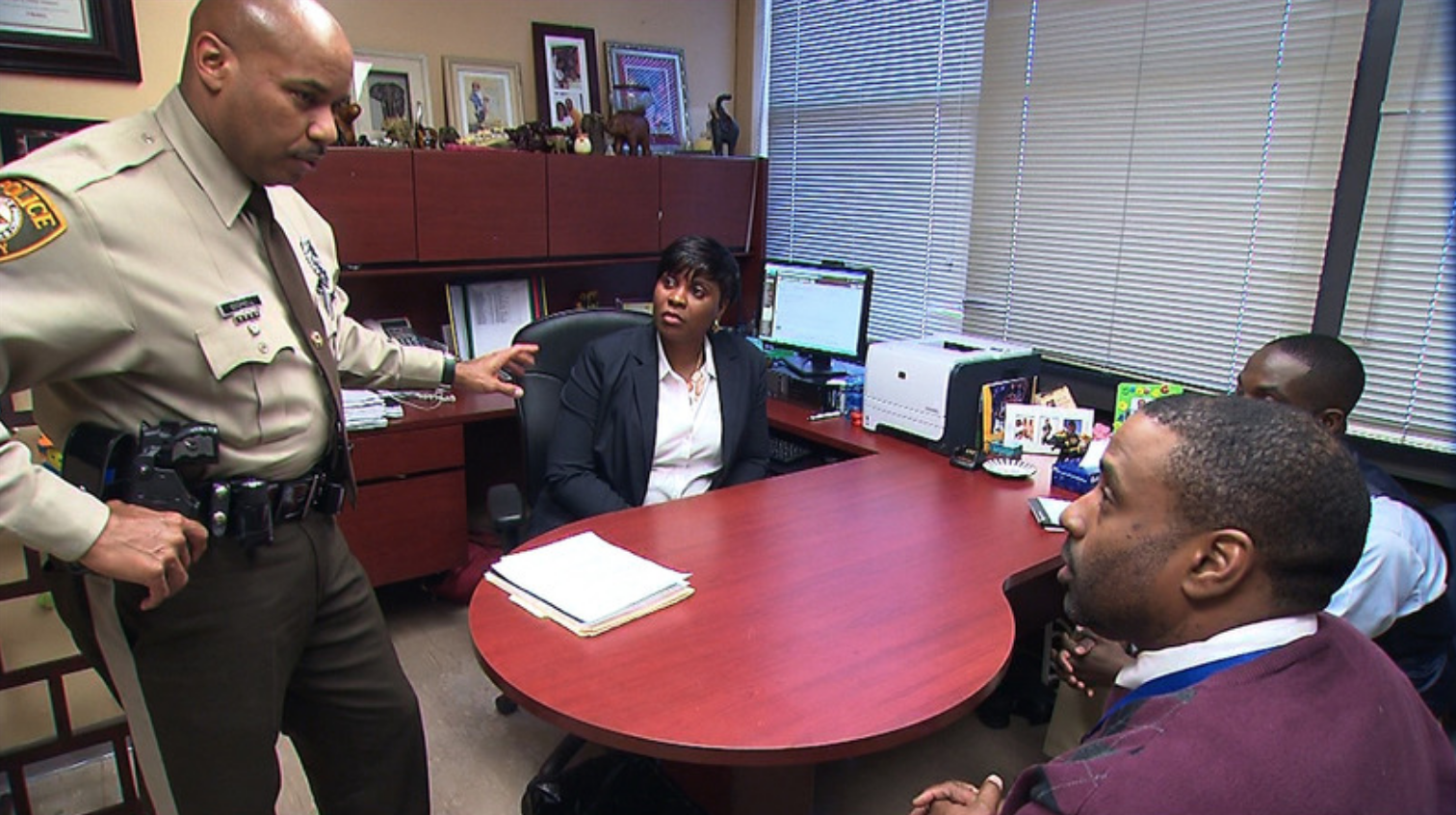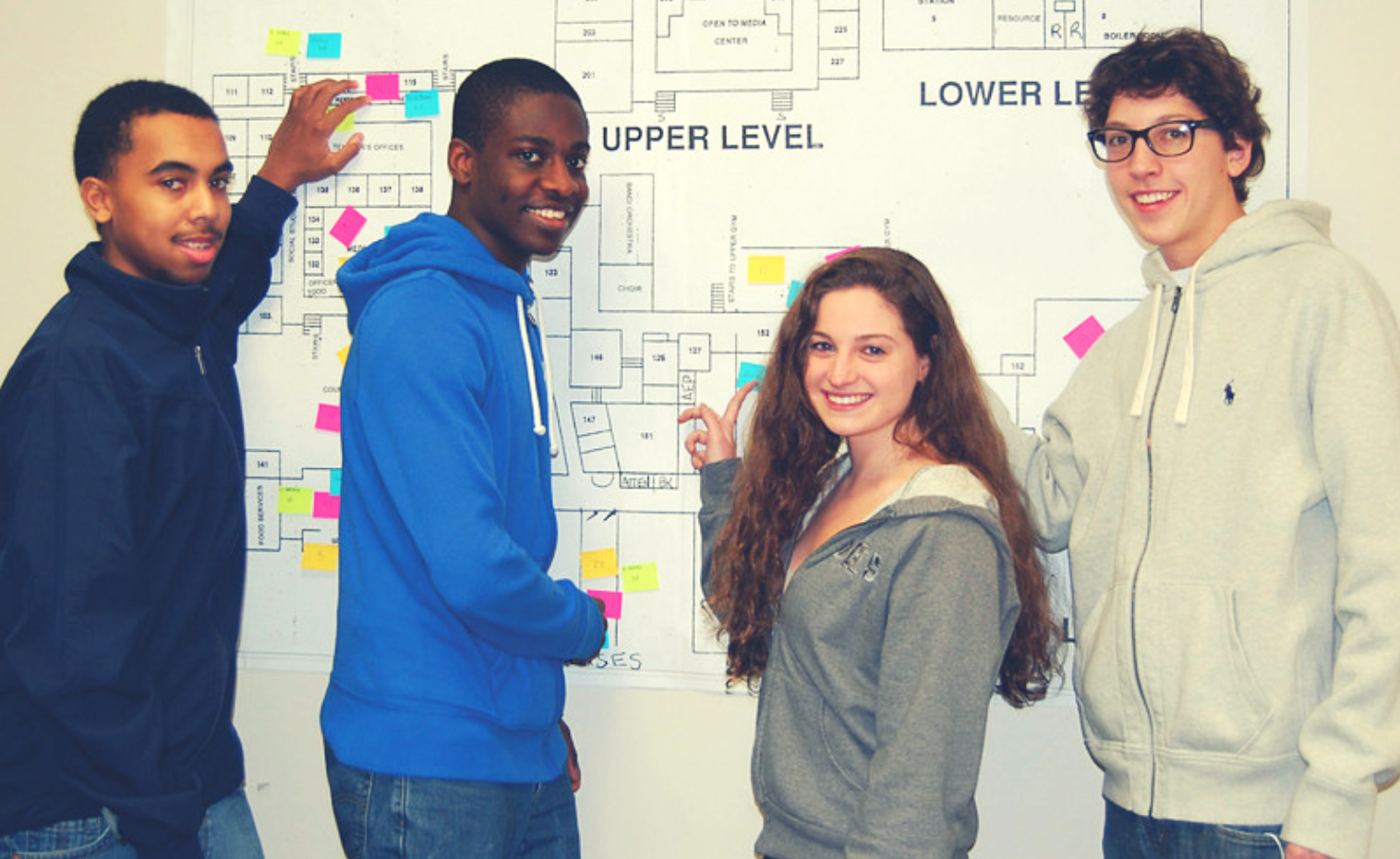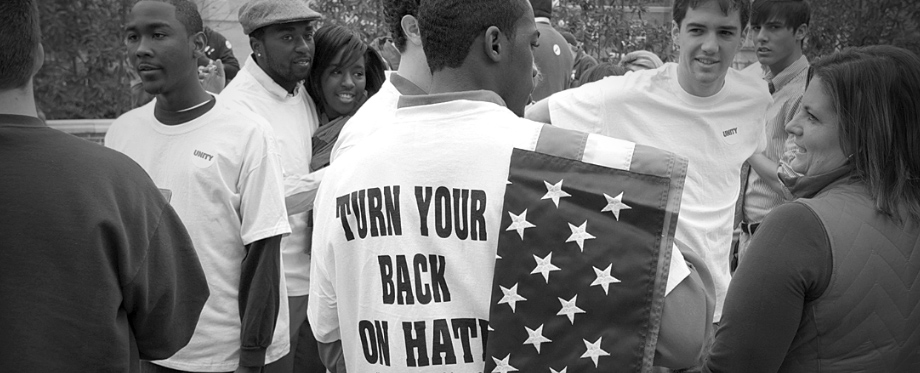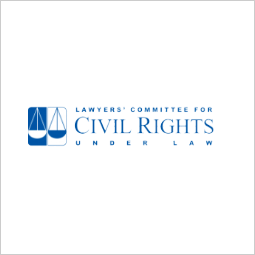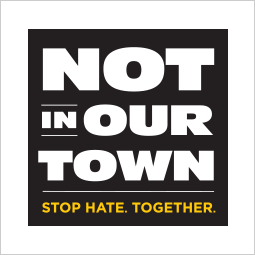More than one out of five students report being bullied.
Definitions
Students at Olympia High School in Olympia, WA.
The first step in addressing any problem is to identify it, yet in the case of bullying, there are at least ten different definitions included in various state legislatures. But educators, school administrators and others in the trenches don’t have time to wait for a uniform definition; entire schools and communities need to understand and identify both bullying and intolerance and take effective action to prevent and respond to it.
An Accepted Definition
Bullying is an act of verbal or physical aggression with an imbalance of power between perpetrator and targeted student that is repeated, or has the potential to be repeated, again and again.
Many schools use this operational definition from Dan Olweus, a researcher who has been working on the phenomenon of bullying for 40 years. An imbalance of power may allude to physical strength, access to embarrassing information, or popularity that is used to try to control or harm others. However, power imbalances can change over time and in different situations, even if the imbalances involve the same people.
Other key definitions include:
- Upstander: A person who speaks up and stands up for themselves or others to stop harm from taking place and to support people targeted for hate.
- Inclusive and Identity Safe Schools: Schools where people of all backgrounds feel safe, respected, and valued.
- Hate Crime: A criminal act that is motivated by hate or bias on the basis of race, color, national origin, gender, gender identity, sexual orientation, religion, or disability.
- Hate or Bias Incident: A bias-based act of bullying, harassment, or intimidation that is against the school discipline policy, but does not rise to the level of a crime.
Components of Bullying
Students in Lancaster, CA write on a blackboard to show their support for inclusivity at their school.
Bullying can lead to serious problems affecting emotional well-being, social interactions and development, and academic focus and performance. Some incidents affect the entire school and can spread nationally via the press and social media.
Bullying includes four important components:
- Aggressive behavior that involves unwanted, negative actions -- both verbal and physical
- Often, a pattern of behavior repeated over time, although a single serious incident can also lead to devastating results
- An imbalance of power or strength
- Sometimes, it manifests as exclusion for the targeted student or group
"Bullying can account for a decrease of 1.5 grade levels in one academic subject over three years."
—California Healthy Kids Survey 2005-2007
Bias-Based Activity
Seventh graders at Orinda Intermediate School meet Shajee Syed-Quadri, president of the Muslim Student Association at Irvington High School, following his presentation about what it's like to be a practicing Muslim student.
Bullying, threats, racial slurs, and violence deeply affect students. Hate incidents harm not only the persons targeted, but their classmates, schools, and communities.
Students can be targeted for their race, gender, sexual orientation, socio-economic status, perceived sexual orientation, religion, appearance, and disability.
Bias-Based Bullying, Intolerance, and Hate incidents manifest through:
- Name-calling and teasing
- Bullying and cyberbullying
- Harassment
- Negative stereotypes
- Negative attitudes and implicit bias
- Exclusion
Intolerance and bias-based bullying have been increasing in K-12 schools with life-long negative impacts.
